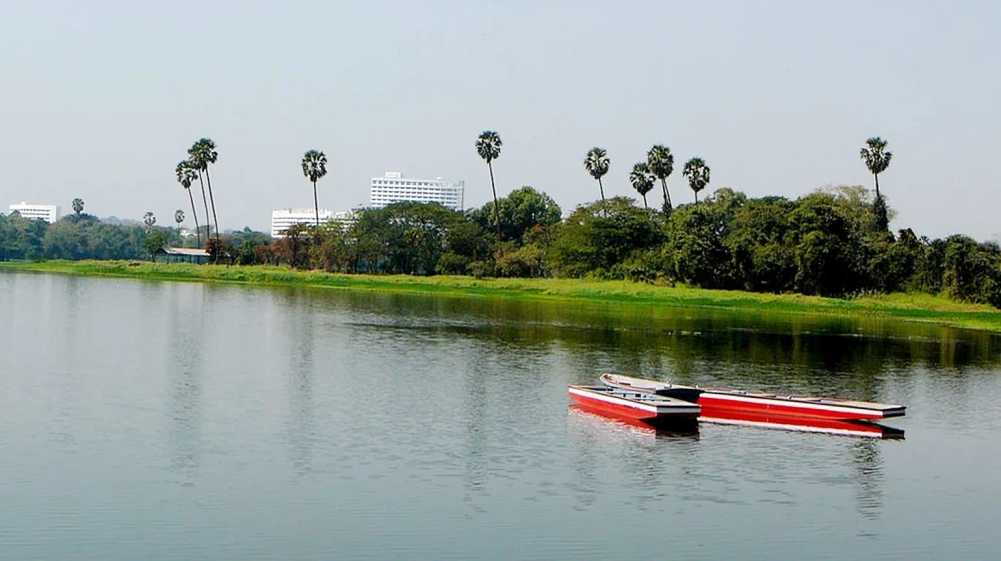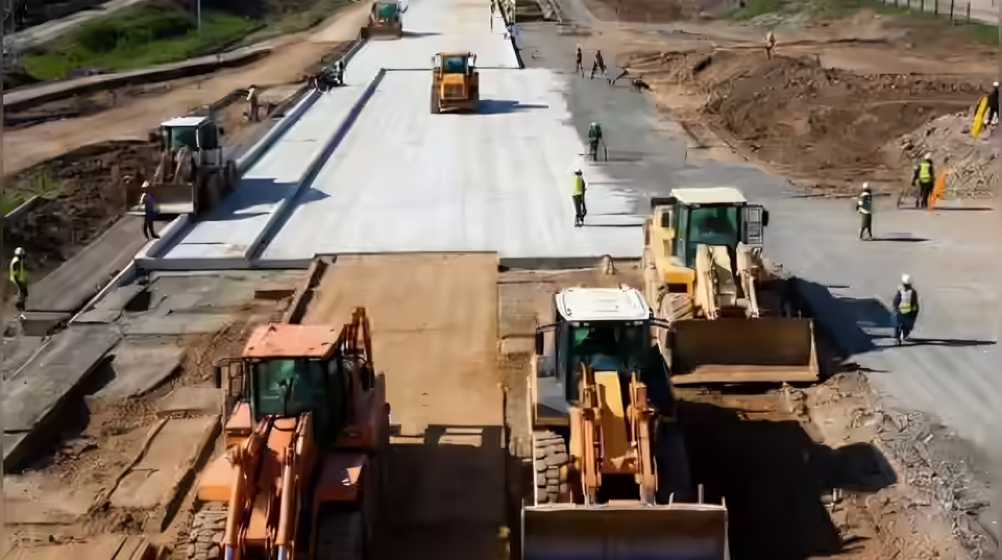August 1, 2025: The Mumbai-Ahmedabad Bullet Train project is gathering pace, with authorities setting December 2029 as the target for full operations. Led by the National High Speed Rail Corporation Limited (NHSRCL), the 508-kilometre corridor aims to connect India’s two key commercial hubs with cutting-edge high-speed rail infrastructure.
The project carries an estimated budget of Rs 1.08 trillion, with an expenditure of Rs 7,880 crore recorded as of June 30, 2025. Construction is advancing rapidly on the Gujarat stretch between Vapi and Sabarmati, which is scheduled for completion by December 2027. This phase will feature eight major stations, including Surat, Vadodara, and Ahmedabad. The Maharashtra segment, covering Mumbai, Thane, Virar, and Boisar, is set to be commissioned two years later.
A notable milestone was achieved in Maharashtra with the breakthrough of a tunnel along the 21-km underground stretch between Bandra-Kurla Complex (BKC) and Shilphata. Of this, a 7-km section runs beneath Thane Creek, marking one of India’s first undersea rail tunnels. Construction is being executed using Tunnel Boring Machines (TBMs) for 16 km and the New Austrian Tunnelling Method (NATM) for the remaining 5 km.
Railway officials highlight that the project will redefine intercity travel, offering a green and sustainable alternative to aviation and road transport. Powered by electricity, the high-speed trains are expected to significantly cut travel time while providing advanced safety systems, modern passenger amenities, and universal accessibility.
Experts involved in the project noted that civil works and viaduct construction are progressing ahead of schedule in several sections. The phased development approach is helping manage logistical challenges while ensuring fiscal discipline. NHSRCL continues to work closely with state governments to expedite land acquisition and clearances.
Once completed, the Mumbai-Ahmedabad Bullet Train will mark a transformative step in India’s transport sector, blending speed, sustainability, and modern engineering.
Source: Urban Acres





